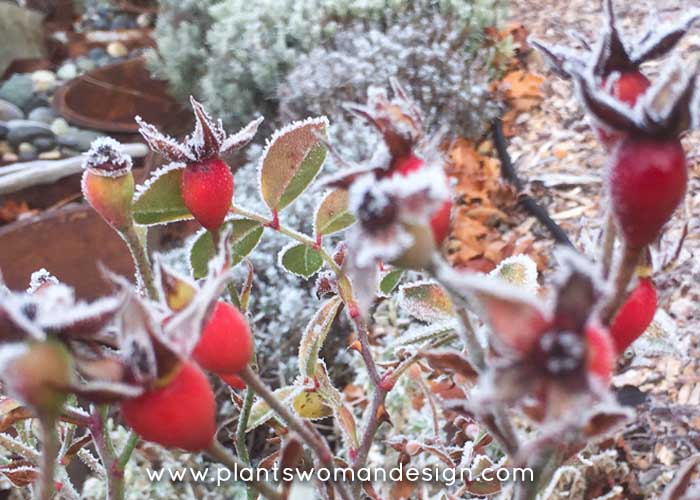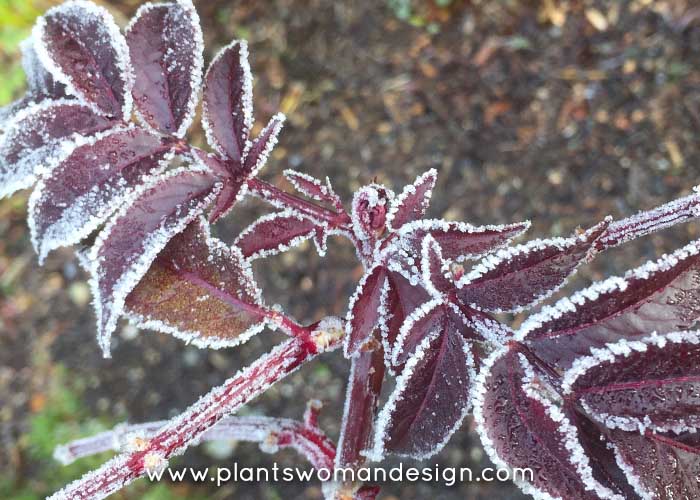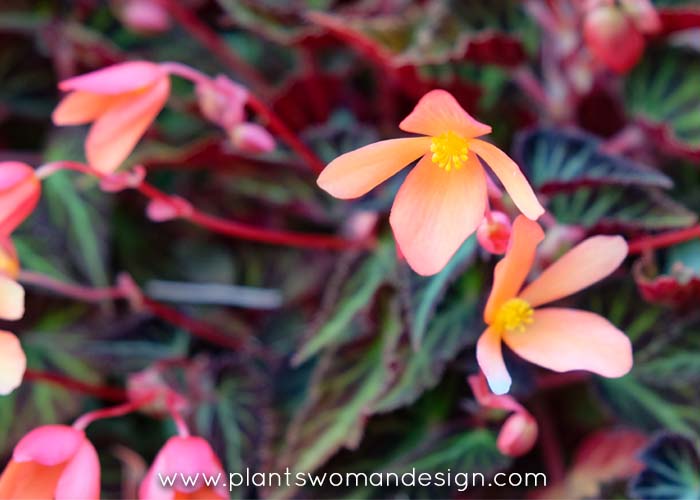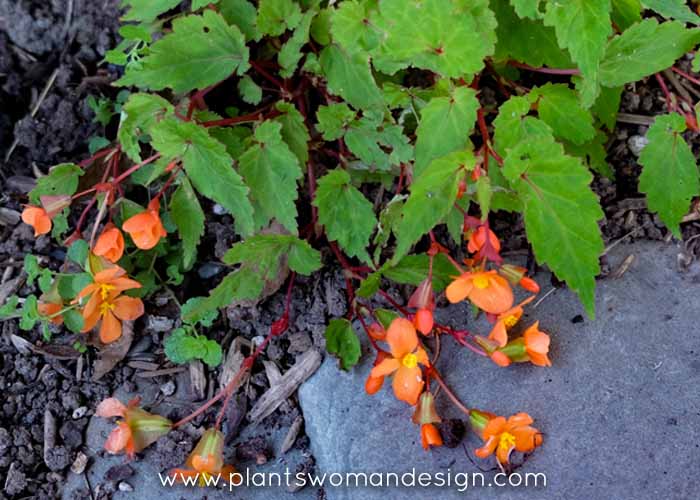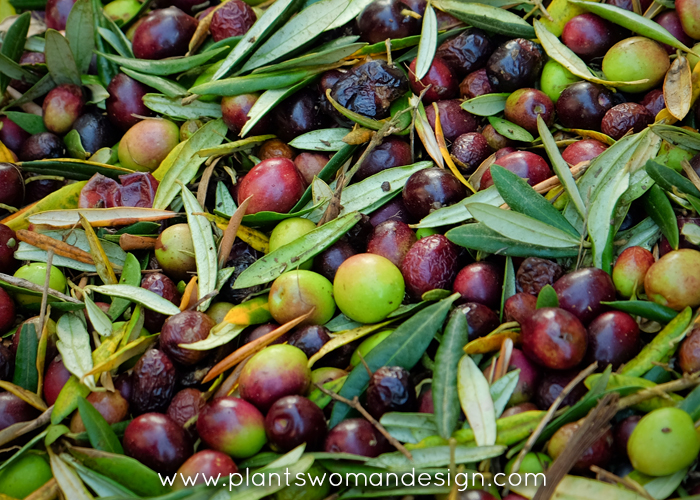Here is a snippet of my travel journal from my trip to France this past October…
Van Gogh Garden in France
Still feels like summer in Arles, France. A lovely city by the Rhone River in the south of France. This city still celebrates its relationship with Vincent Van Gogh as he spent much of his later years at an asylum here, and living nearby. Outside his window at the asylum was a square surrounded by buildings and filled with flowers. Van Gogh painted the garden in 1889 and today it is a close replica of what it looked like then. It is thought he painted the garden from his window in the hospital. He replicated its colors and flowers in beautiful light tones.
Van Gogh made a drawing of the courtyard of the hospital in June 1889. Van Gogh’s description and his painting of the garden allow for identification of its flowers, such as: blue bearded irises, forget-me-nots, oleander, pansies, primroses, and poppies. The original design of the courtyard as described by Van Gogh has been preserved. Radiating segments are surrounded by a “plante bande” are now filled with irises. A difference between the painting and the garden is that van Gogh increased the size of the central fish garden for better composition.
[24] Adept at using color to convey mood, the shades of blue and gold in the painting seem to suggest melancholy. The yellow, orange, red and green in the painting are not vivid shades seen in other work from Arles. Some art historians feel that his inclusion of people in the square meant that he felt comfort there, not isolation.
The plain trees in the corners of the square are one of the most planted trees in France. Mostly planted along the roads leading to Paris the trees were said to have been planted to shade the soldiers of Napoleon as they marched. The south of France is very warm. Olive trees, truffle oaks, and much of the produce in markets is grown here. The artist worked on landscapes and with nature much of his life.
One of the amazing things about this square is the history here. The buildings, fountain, paving stones and trees were the same as when Vincent Van Gogh lived here. The small café around the corner is the same one as painted in ‘Café Terrace on the Place de Forum, Arles’, and it is painted in the same colors as when he painted it. Obviously some of this is kept this way because it relates to his paintings and tourists will come to see it.
Many public gardens in Arles were painted by VanGogh. The countryside was also a favorite subject. Some of his most famous works were inspired by the warm beautiful light and lush plants surrounding Arles. When I asked about other gardens in France I was told ‘The French are private about their gardens’. The public gardens were not that interesting and much more weight is given to the historical value of the building there, the gardens were just a side interest.
Stay tuned as I share more from my travel journal over the next few weeks.





